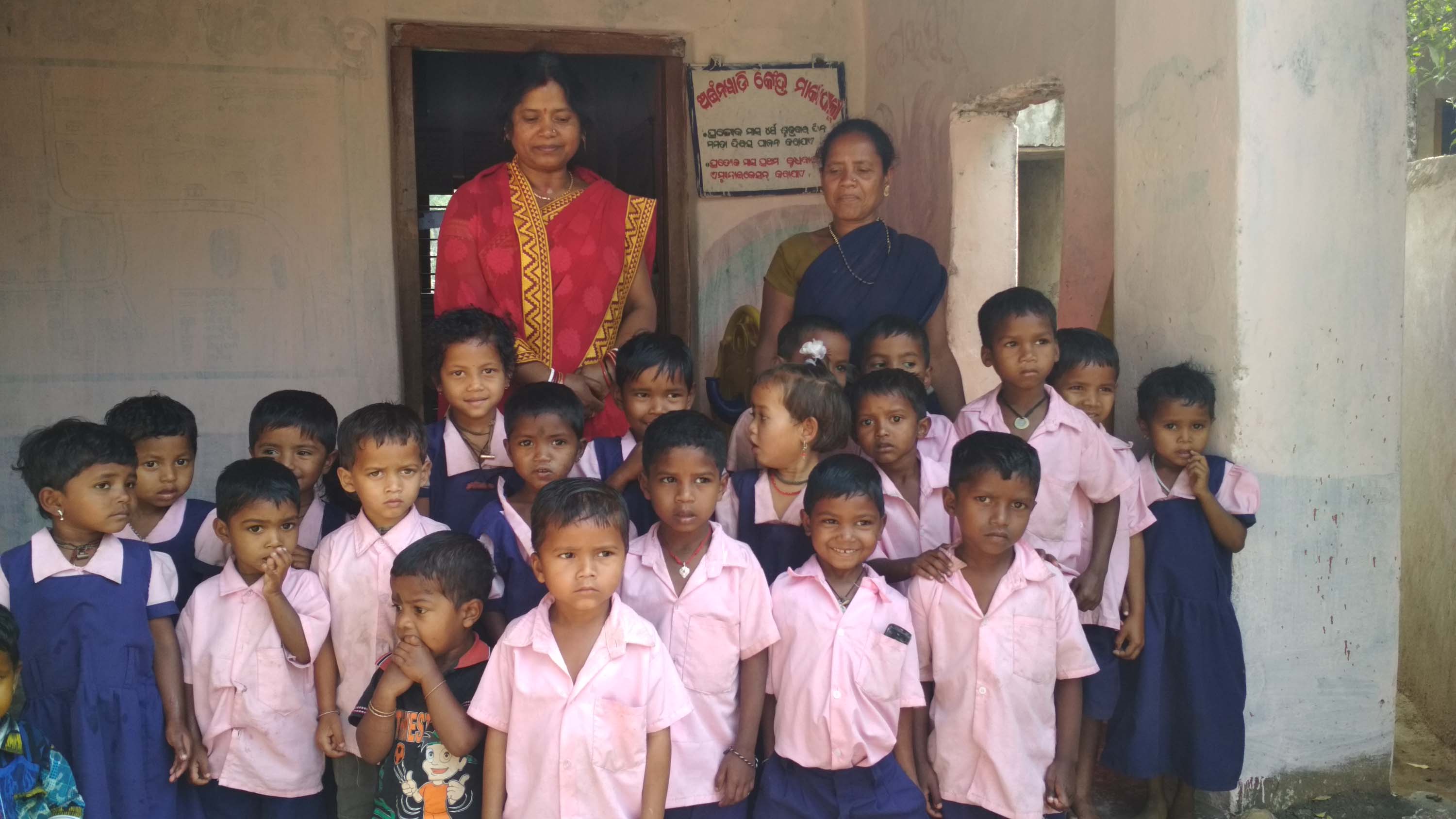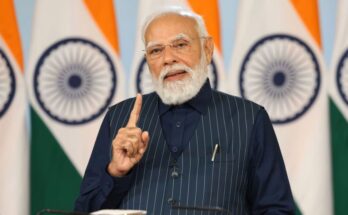By Jitendra Rath
Participating in a dialogue co-organised by Odisha Khadya Adhikar Abhiyan on March 7 in Bhubaneswar, representatives of all political parties including the BJD, BJP, Congress, AAP, CPI, CPI (ML) and Samajwadi Party reiterated their commitment to improve nutrition status of children and women in the State.
The eve was for creating a platform where a dialogue can happen on the status of food and nutrition in the state and how it can get a significant place in the election manifestos of parties for coming general elections.
However, the question of nutrition among children and women in the state is so gigantic that only election promises will not be enough to address them in a time bound manner. A review of available data reflects that there is a downfall in percentage of children who are undernourished, but stills it is on the higher side.
The fourth National Family Health Survey, which is a credible source of information on health and nutrition mentions that, every third child under five years in Odisha is stunted and every fifth child under five is wasted. That means due to high prevalence of under nutrition, children in Odisha are not attaining appropriate height for their age and weight as per their height.
Further, the state has been experiencing a growth in percentage of children belonging to severely wasting category, that gone up to 6.4 from 5.2 in between 2005-06 to 2015-16. Similarly 45 in every 100 children below five years and every second women within the age of 15-49 years are anaemic.
Under-nutrition affects both the present and future generations. There are various studies presenting evidences on its adverse impact on life and livelihoods. Of the total deaths of under five children that occurs, in 45 percent cases, under-nutrition plays a major role. There are also studies that reflect that children who are under-nourished go on to earn 20 percent less as adults than the children who are well nourished.
The question is how this situation can be altered in the state and outside. The dialogue that was organised in Bhubaneswar came up with some concrete suggestions that the leadership across the party lines must listen to, commit and act upon.
As under nutrition is multifaceted problem, it requires an integrated and cohesive solution. While the dialogue on people’s manifesto comes up with a number of concrete suggestions for political parties, the following are some of the significant once.
The first and foremost is an anganwadi for all habitations, meaning universalisation of the Integrated Child Development Services. Due to the practice of tagging hard to reach villages with nearby anganwadis, many children and women do not avail the nutrition services. Doing away with the idea of tagging villages and building new anganwadis would ensure bringing all children in to the nutrition net.
Secondly, of 72,587 anganwadi centres in Odisha 47 percent do not have their own building and most of them are running either in helper’s veranda or in open places. There is a huge delay in construction of building. As complete infrastructure has a significant role in delivering the package of ICDS services, the absence of it affects almost 1.3 million children every day. Completing Infrastructure in a time bound manner should be one of the main priority areas for the political leadership.
Among the schemes that directly impact nutrition of women, maternity benefit support plays a central role. Odisha has been doing quite well in covering a huge number of women under the Mamata programme. However, the amount of support is not sufficient and not on a par with the provisions of National Food Security Act 2005. Even the central government’s Pradhan Mantri Matrutwa Vandana Yojana (PMMVY) falls in the similar line by providing Rs.5,000 with more stringent conditions.
Steps should be taken to enhance the maternity benefit support appropriately and ensure timely payment so that it really becomes helpful for the pregnant women and lactating mothers.
Mainstreaming crèches with anganwadis, providing resources for the Nutrition Rehabilitation centres, improving the quality of food both in mid-day meal and anganwadis are some of most important steps that need to be taken up.
In recent past, Odisha has taken significant steps to include households that are excluded from the purview of the Targeted Public Distribution System (TPDS) even though eligible. However, within the household exclusion exists under the National Food Security Act. Further TPDS needs to be diversified by including millets, dal, oil and salt so as to maximise its impact.
Better food system and nutrition requires better agriculture, forest resource and water facilities. Conservation of forest and bio diversity has to be prioritised. More emphasis has to be given on agriculture development through Mahatma Gandhi National Rural Employment Generation Act and promotion of organic farming. Right to safe drinking water at the household level and in institutions should be a priority for the leadership.
Irrigation for command areas and rain fed areas for survival of food crops has to be taken up in a time bound manner. The most important thing that the political leaderships should commit for and act upon is to give better governance and fixing accountability at all levels. Empowering panchayati raj institutions in real terms by decentralising funds, finance and function needs to be done for better delivery of services.
In conclusion, it can be said that only commitment of political leadership will not alter the situation in the state. The political commitment has to match with people’s aspirations. There is a need of democratising the nutrition dialogue, provisioning resources and time bound action.
(Rath works in the development sector and writes on social issues. He can be contacted at jitkumar2@gmail.com)




